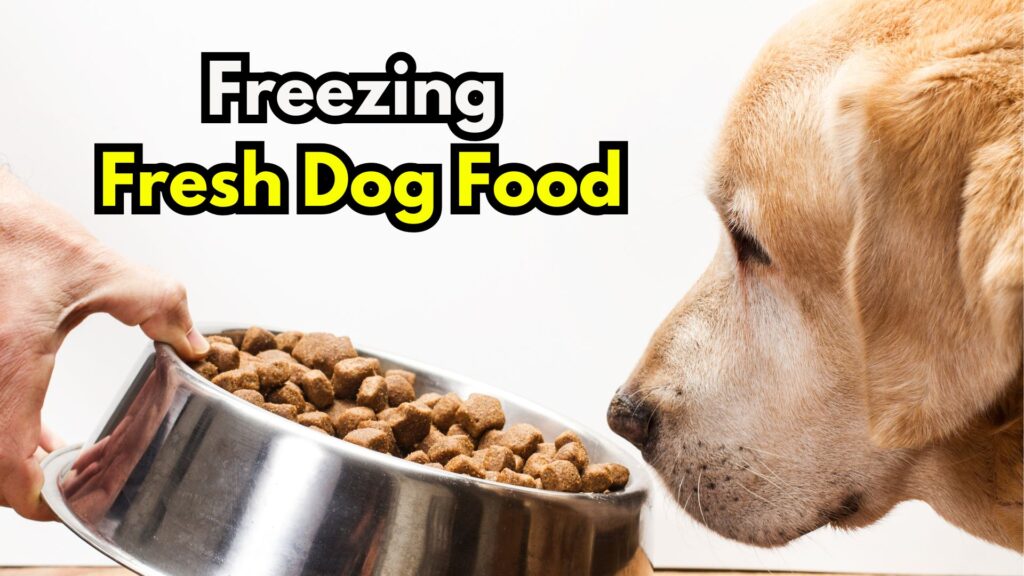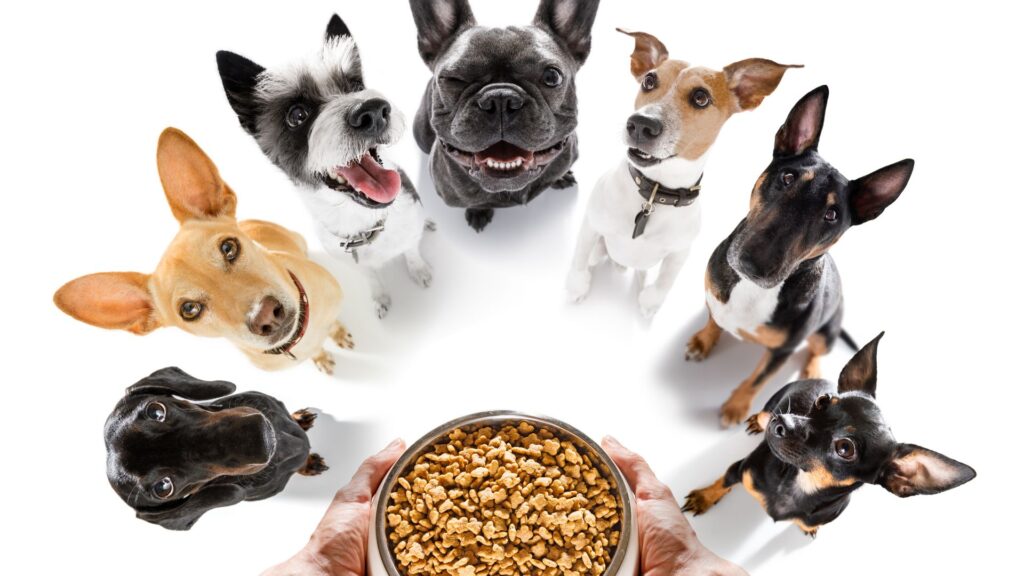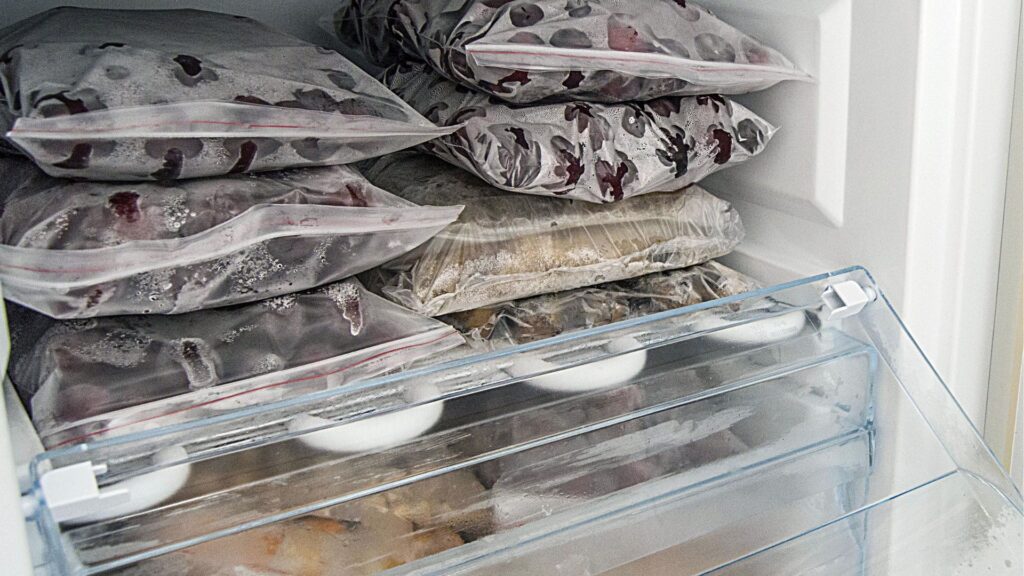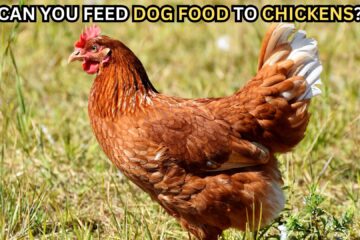In the realm of pet care, one question that frequently pops up among health-conscious dog owners is about the preservation of their furry friend’s meals: “Can I freeze fresh dog food?“
With the rising popularity of homemade and natural diets for dogs, ensuring that these nutritious meals remain fresh and safe for consumption is a key concern.

This article dives into the heart of this query, providing you with in-depth insights and practical advice.
Whether you’re a seasoned dog owner or new to the concept of fresh dog food, this guide aims to answer all your questions, ensuring your canine companion enjoys delicious, healthy meals that are stored safely and conveniently.
Answering the Main Question:
Yes, you can freeze fresh dog food. Freezing is an effective way to preserve the nutritional value and freshness of dog food, particularly homemade varieties.
It’s a convenient option for pet owners who prepare dog meals in bulk, ensuring a steady supply of wholesome food without frequent cooking.
The Essentials of Freezing Dog Food:

Freezing dog food, especially fresh and homemade varieties, is not just a matter of convenience; it’s a science that, when done correctly, can significantly benefit both the pet and the owner.
Let’s delve into the details of how to freeze dog food effectively, ensuring safety, convenience, and nutritional integrity.
Benefits of Freezing:
Extended Shelf Life:
- Protection Against Spoilage: Freezing dog food slows down the degradation process, preventing the growth of bacteria, yeast, and molds that typically spoil food.
- Retaining Freshness Over Time: By freezing fresh dog food, you lock in the freshness, taste, and texture as close to the day it was prepared as possible.
Convenience:
- Time-Saving Batch Cooking: Preparing dog food in large quantities and freezing it allows for efficient use of ingredients and kitchen time.
- Ease of Meal Planning: Having a freezer stocked with pre-portioned dog meals simplifies daily feeding routines.
Nutrition Preservation:
- Minimal Nutrient Loss: Freezing preserves most of the vitamins and minerals in dog food, unlike some other preservation methods that can significantly diminish nutritional value.
- Maintaining Quality of Ingredients: Freezing helps maintain the quality of key ingredients like proteins, fats, and carbohydrates, ensuring that your dog gets a balanced diet in every meal.
Preparation Tips for Freezing:

Cooling Before Freezing:
It’s crucial to let the cooked food cool to room temperature before freezing. Hot food can raise the freezer’s temperature, causing other foods to partially thaw and refreeze, which can alter texture and taste and potentially foster bacterial growth.
Portioning:
Dividing the food into individual meal-sized portions is not only convenient but also prevents thawing more food than needed, which can lead to waste.
Custom Portioning Based on Dog’s Size and Diet:
Tailor the portion sizes to your dog’s specific dietary needs, ensuring they get the right amount of food in each meal.
How to Thaw and Serve:

Refrigerator Thawing:
Transferring the dog food from the freezer to the refrigerator for thawing is the safest method. It ensures that the food remains at a safe temperature, reducing the risk of bacterial growth.
Serving Temperature:
Serving dog food at room temperature is important as extreme temperatures (either too hot or too cold) can upset a dog’s stomach. Bringing thawed food to room temperature before serving is advisable.
Safety and Nutritional Considerations:
Always use clean utensils and storage containers for handling dog food. This reduces the risk of cross-contamination from other foods or surfaces. Use airtight containers or freezer-safe bags to prevent air from entering and causing freezer burn.
Monitoring for Spoilage:
Regularly check the stored food for any changes in color or texture. An off or foul smell is a clear indicator that the dog food has gone bad and should not be served.
By following these guidelines, you can ensure that the dog food you freeze remains safe, nutritious, and palatable for your pet. This method of food preservation is not only a time-saver but also a way to maintain a healthy diet for your dog, ensuring they get the most out of their meals.
Frequently Asked Questions (FAQs):
How long can I store frozen dog food?
Typically, frozen dog food can be stored for up to six months. However, it’s best to label each batch with a ‘use by’ date as a reminder.
Can all types of dog food be frozen, including raw diets?
Most types of dog food, including raw diets, can be frozen. However, certain ingredients may change texture after freezing, so it’s important to consider this when preparing meals.
Does freezing homemade dog food affect its nutritional value?
Freezing preserves the nutritional value of dog food well, although slight changes in texture and flavor may occur.
Are there any dog foods that should not be frozen?
Foods containing large amounts of watery vegetables or fruits might not freeze well, as they can become mushy upon thawing.
How do I know if the frozen dog food has gone bad?
Signs of spoilage include unpleasant odor, discoloration, and visible mold. Always inspect the food after thawing.
Conclusion:
Freezing fresh dog food is a practical and beneficial method for preserving your pet’s meals. It offers convenience, ensures the retention of nutritional value, and provides a solution for busy pet owners who prefer to prepare meals in bulk.
By following the guidelines and tips provided in this article, you can safely store and serve frozen dog food, ensuring your canine companion enjoys a healthy and delicious diet.
Remember, every dog is unique, and it’s important to consider your pet’s specific dietary needs and preferences when preparing and storing their meals.
Read also:



0 Comments